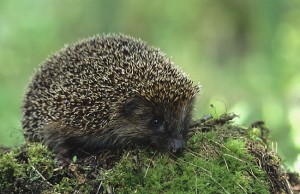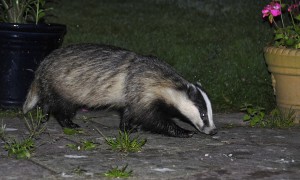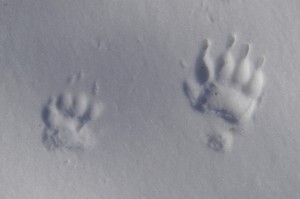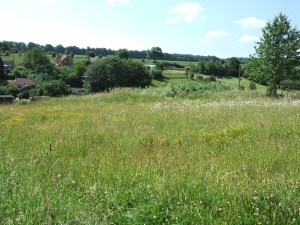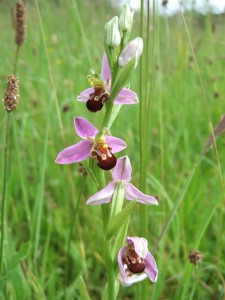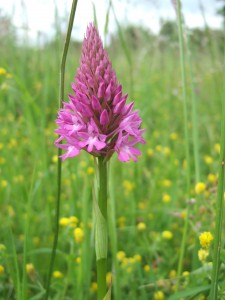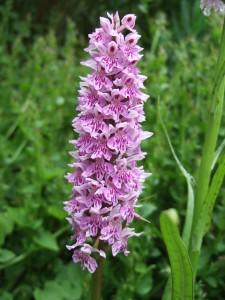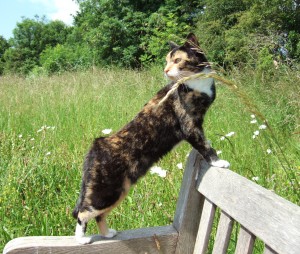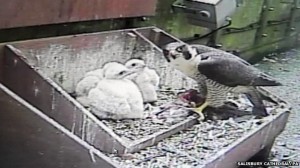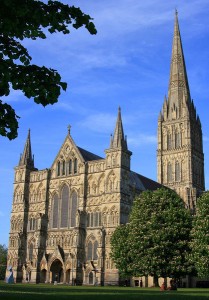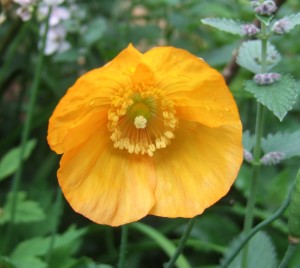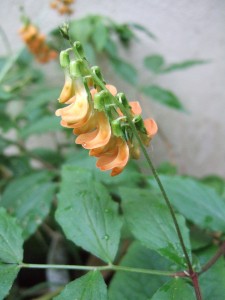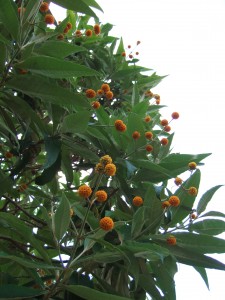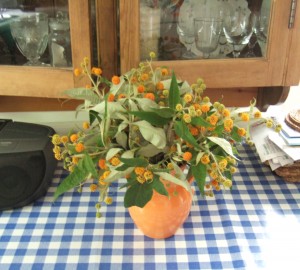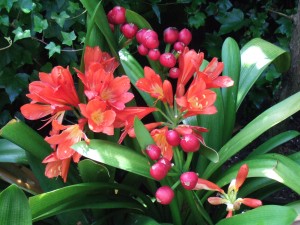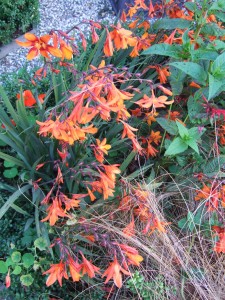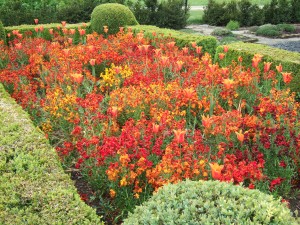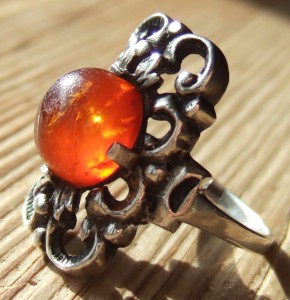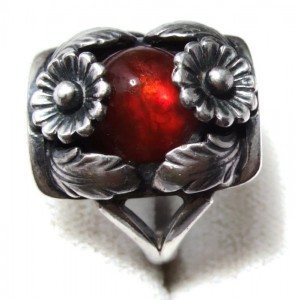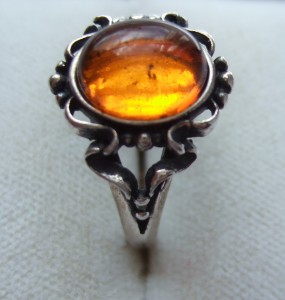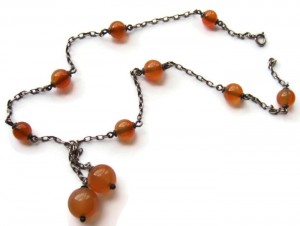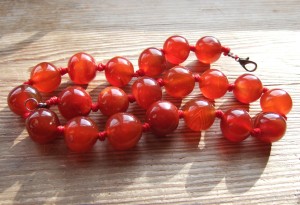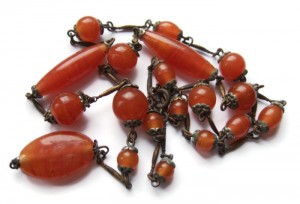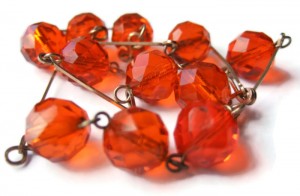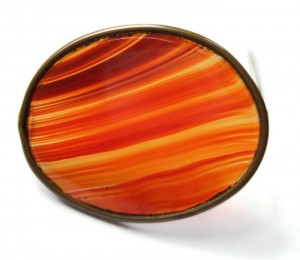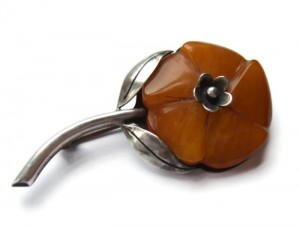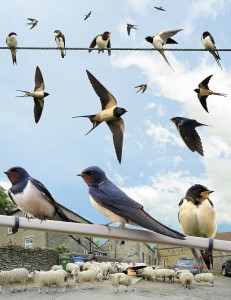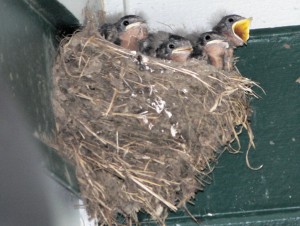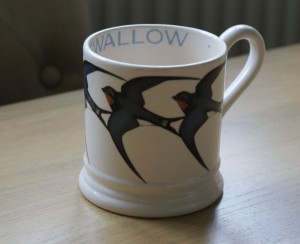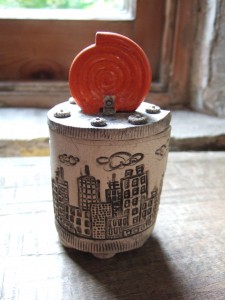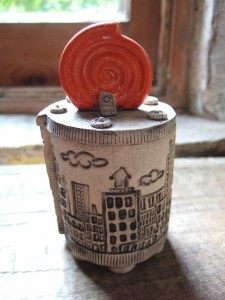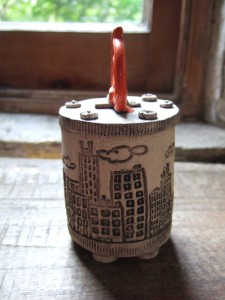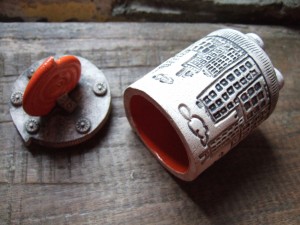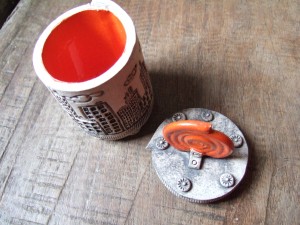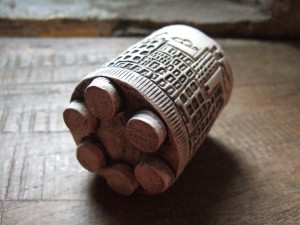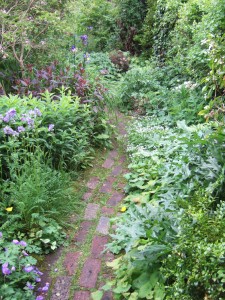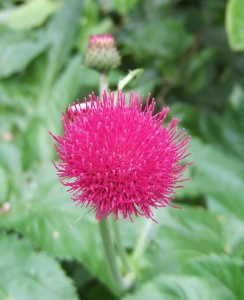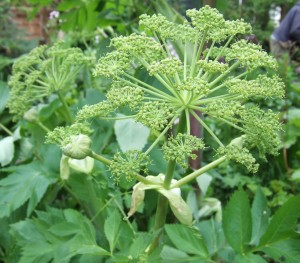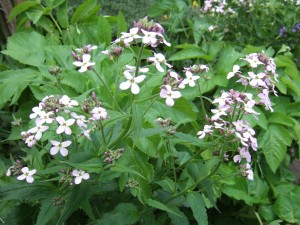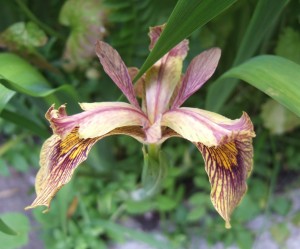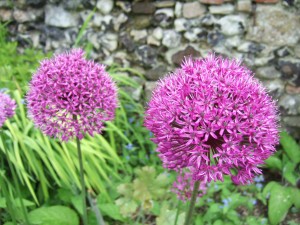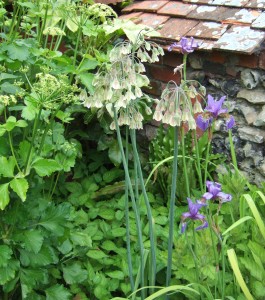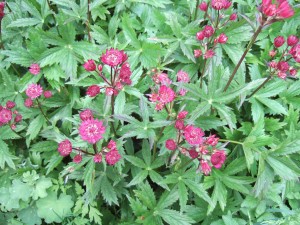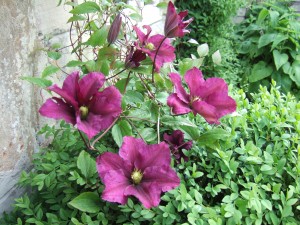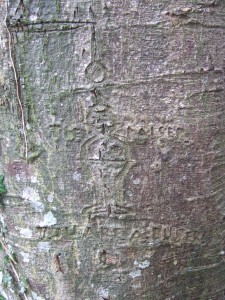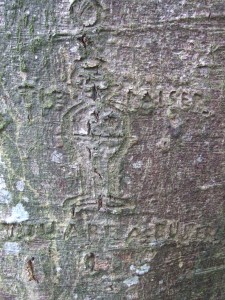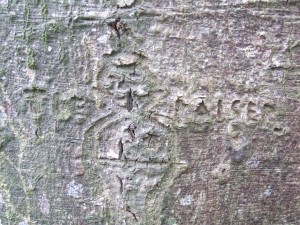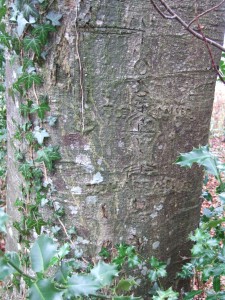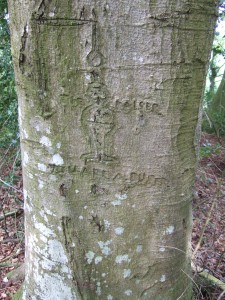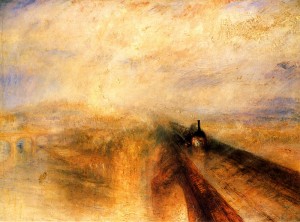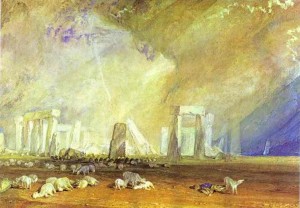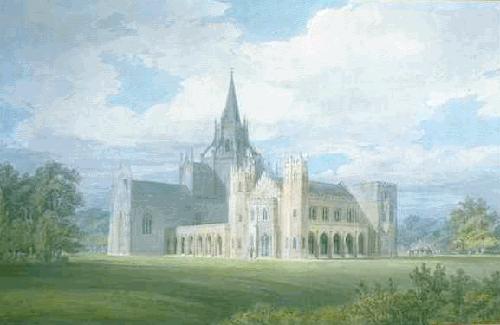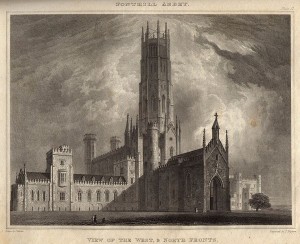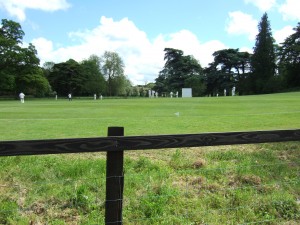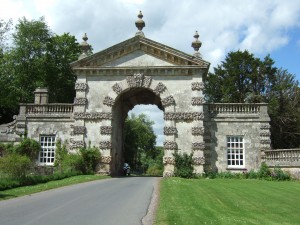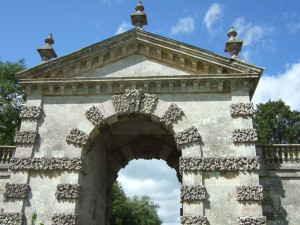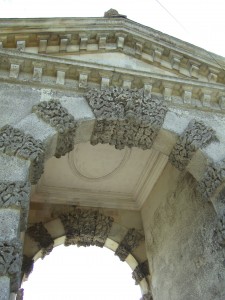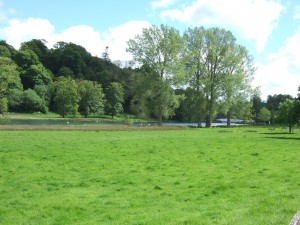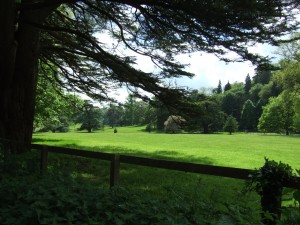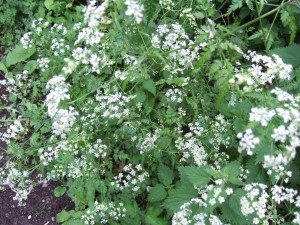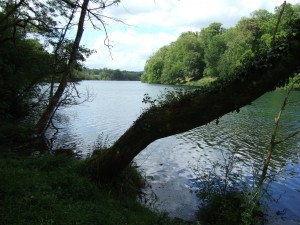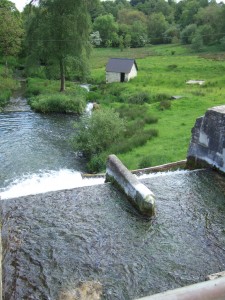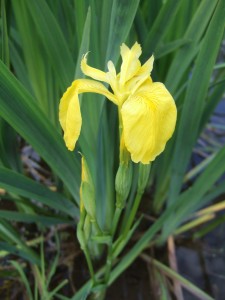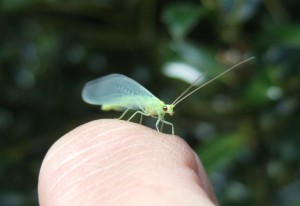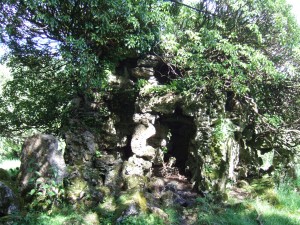Chap and I had a broken night’s sleep last night. At about 3.30 am we were woken by the most horrific piercing screams, a sort of cross between an agitated baby’s cry and that of a cat shrieking.
I had a good idea what it was—years ago I had rescued a hedgehog that had been attacked in a next door garden. At the time we didn’t know what had attacked it, but the vet said it was most likely a badger. That surprised us, as we’d never seen badgers—or traces of badgers, such as spoor, footprints in mud, or setts—close to the village.
So I chucked on my dressing gown and headed out into the lane. Chap arrived shortly afterwards (he’d got dressed) and there just by our cottage was a large hedgehog curled into a tight ball, screaming, panting and grunting. It sounded like it was in considerable distress. The noise was terrific and we thought we’d move it off the lane up to the allotments for safety’s sake, and also to get it away from the cottages and their sleeping inhabitants.
Chap gingerly picked it up using gardening gloves and a fleece. As we walked up the lane with it, we saw the back end of a badger sticking out from under a neighbour’s beech hedge, and heard more shrieking. As we approached the badger scarpered at a lick, up the path towards the allotments, leaving its second victim under the hedge. So now we had two potentially-injured hedgehogs, and the allotments clearly weren’t the place to leave them now Mr Brock had headed that way.
So we put the one from the lane in our neighbour’s garden, not too far from the one under the hedge, which had stopped shrieking and was still in its tight ball. We reckoned if they were still there in the morning we’d take them to the vet or contact the RSPCA or local wildlife rescue. Ballou and Hecate had come out with us to see what all the fuss was about, and we all headed back inside. I washed my feet as I had rushed out barefoot, and then back to bed. But not for long.
About 15 minutes later the shrieking started again. Repeat procedure, only this time I went out armed with a washing up bowl as well as torch, gloves and the fleece. The hedgehog was in the lane again—we couldn’t tell which one it was—and heading towards the High Street. So we scooped it into the bowl and let it out in our garden, which is jungly and full of slugs and snails for it to eat, and away from traffic (and hopefully badgers). It trotted away into the flowerbed and didn’t seem to be injured so now we are wondering whether the shrieking the second time around was to do with the badger, or perhaps a mating cry?
By now it was getting light. We went back up the lane to check on the other hedgehog, but both were gone from our neighbour’s garden. Meanwhile the cats were barrelling up and down the lane at a great lick. They clearly thought all these crepuscular shenanigans were splendid fun.
We have only had occasional hints that badgers live around here: the attacked hedgehog in the next door garden; then years later Chap saw one trotting up the same garden one evening; and some years after that another neighbour called me round to look at some bloody paw prints on the lower part of her house wall. I have a book on tracks and trails and spoor and was able to identify the paw prints as those of a badger. Maybe he had cut his paw while trying to get at a hedgehog? So in the 22 years we have lived here, last night was only the third positive badger sighting. We don’t know of any setts close by, so wonder where it came from.
We also wonder whether the recent prolonged dry spell has meant badgers are turning to other food sources as their usual diet of worms isn’t available, as the worms have all gone deep into the soil.
Wiltshire Wildlife Hospital website link.
Hedgehog (and other wild animals) rescue charity website link: St Tiggywinkles.
